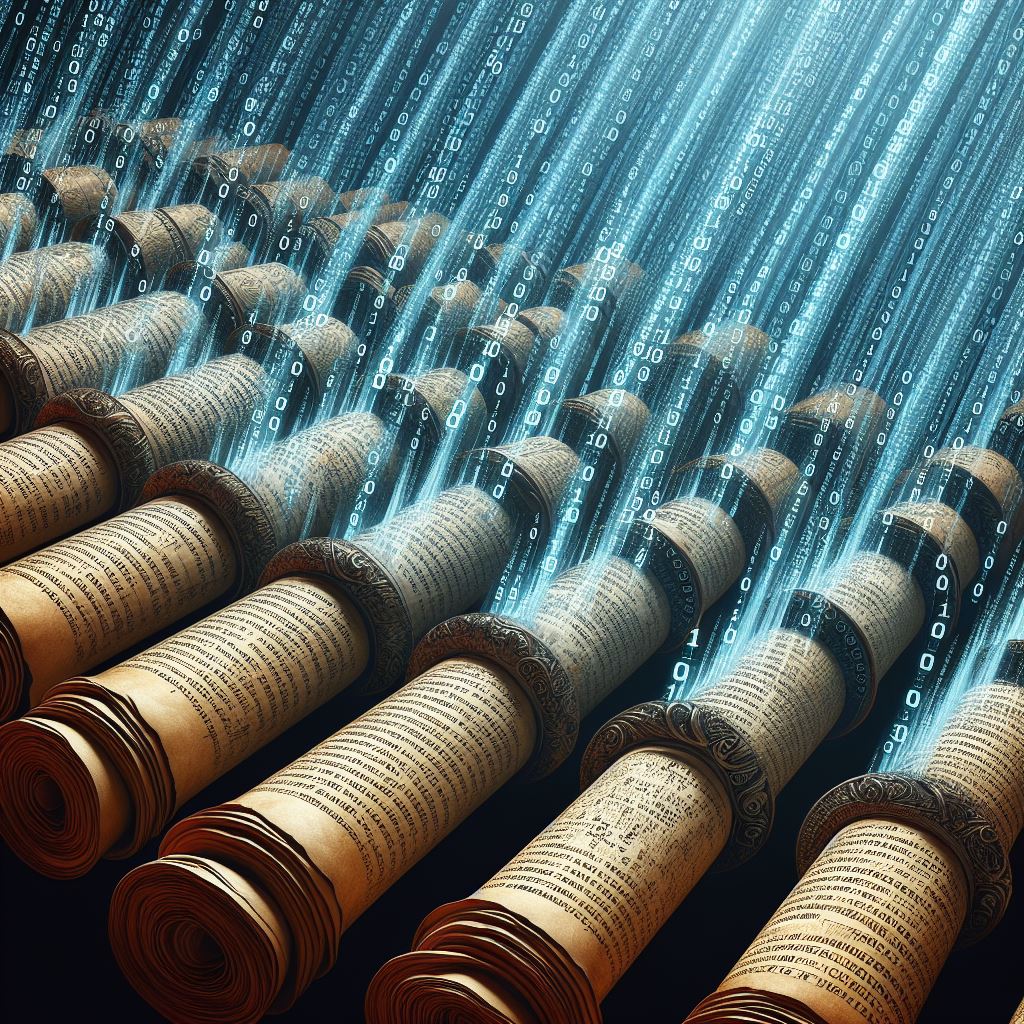Technological Transparency: Unmasking the Past and Shaping a Future of Accountability

We often encounter news stories about individuals who spent decades behind bars only to be later proven innocent. The question arises: what changed after all those years that made this exoneration possible? Certainly, people changed, but so did technology—an evolution that significantly impacted forensic science. The decoding algorithms employed in computers, coupled with advancements in forensic science, have progressed tremendously. The tools available to analyze crime scenes, human behavior, and emotions have evolved, creating a formidable arsenal for solving cases.
Gone are the days when a criminal could hide their DNA without the fear of detection. Today, even seemingly unrelated bits of evidence can lead investigators to crucial breakthroughs. False positives, once more prevalent, have become rarer, thanks to improved methodologies and technologies. Establishing an alibi has become easier with the abundance of visual data, from CCTV footage to selfies, providing irrefutable proof of one’s whereabouts during a specific event.
The sheer volume of data generated daily—visual, audatorial, textual, geographical—presents an opportunity for researchers to find patterns and develop new methods for analysis. Imagine billions of highly intelligent researchers from diverse domains collaborating to sift through this data continuously. The potential for uncovering valuable insights, whether determining someone’s location or understanding the motives behind a crime, is boundless.
However, the current shortage of dedicated human researchers might hinder the full potential of this approach. The growing gap in comprehension speed between humans and machines is already evident, and it is expected to widen further. In the future, machines could surpass human experts in speed and accuracy, leading to an era where they play a pivotal role in solving mysteries within milliseconds.
However, the implications of this technology go beyond uncovering present-day transgressions. It is not merely a tool for exposing current deceit; rather, it has the capacity to unearth actions and decisions made in the past. The advanced intelligence of these machines allows them to delve into historical records, leaving no stone unturned. In essence, the idea that one can get away with any misdeed becomes increasingly naive.
As these machines search backward through time, their ability to reveal hidden truths becomes a powerful deterrent. The notion of committing a wrongdoing and escaping the consequences becomes a precarious gamble, as the ever-watchful eyes of technology can reach into the depths of the past. This double-sided nature of the technology not only ensures accountability in the present but also underscores the futility of attempting to conceal one’s actions over time.
In a world where transparency reigns supreme, individuals are faced with the realization that their past choices are no longer buried in the annals of time. The consequences of this reality prompt a reevaluation of ethical standards and personal accountability. The prospect of a future where the line between present and past is blurred by the relentless scrutiny of intelligent machines underscores the need for a society built on integrity and honesty.